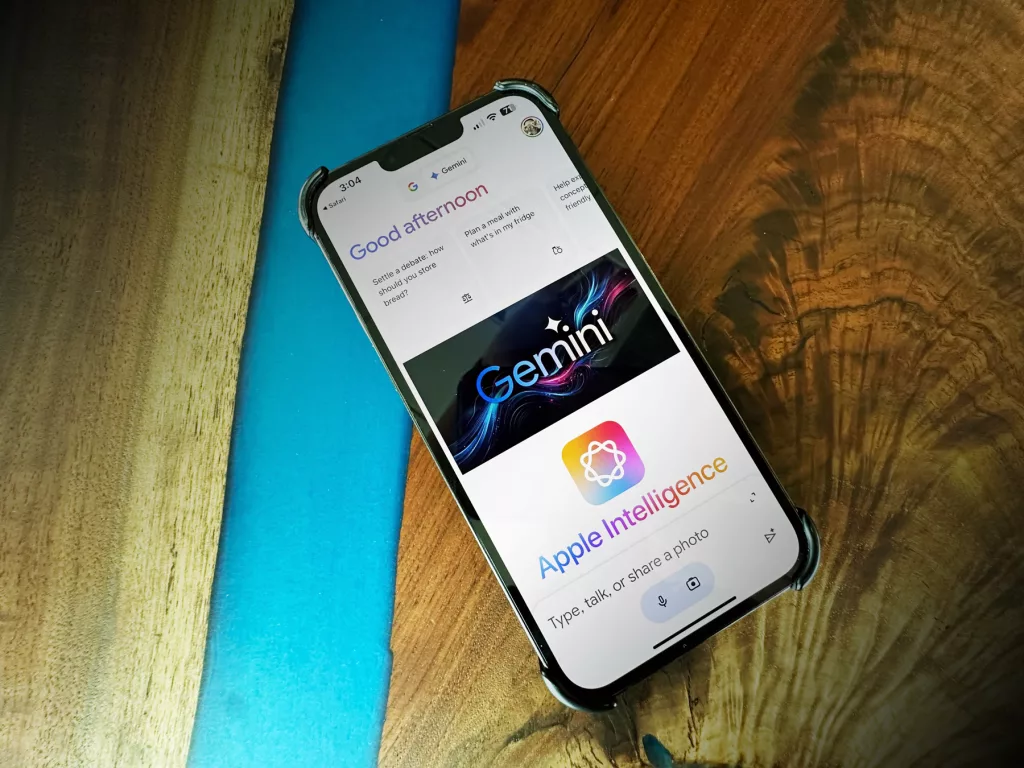Running television commercials is pretty much guaranteed to lift sales when it’s part of a business’s strategic media mix. It’s an almost unparalleled brand awareness tactic.
But what if your B2B brand can’t afford to spend $50,000 or more on a traditional TV spot for just one market?
Good news: There’s an underutilized, cost-effective alternative to traditional television advertising that comes with a lot of the same benefits and then some — CTV.
What the Heck is CTV?
CTV — aka connected TV — is a TV that supports content streaming via the internet. Basically, it’s the digital apps and streaming platforms as opposed to corporate cable providers.
Examples of CTV include Amazon Prime Video, Hulu, Sling, YouTube TV, and countless others.
CTV advertising is exactly what it sounds like — running commercials during programming on these streaming services.
Why Should Your B2B Brand Consider Connected TV Advertising?
We’re living in a cord-cutting world. More and more consumers are making the switch to streaming services. In fact, CTV use is expected to top 204 billion by 2022. Aside from the sheer number of people you can reach on CTV, what are the benefits to your B2B company?
Specific Targeting Options
When you purchase traditional TV ad spots, you’re buying programs (whole TV shows, basically). But when you purchase CTV ad spots, you’re buying an audience. Your specific B2B audience.
Huh?
Here’s what we mean. Say you’re buying a traditional TV ad. You pay for it to run at a certain time during a certain program — like The Big Bang Theory at 7:30 p.m. You can’t actually tell who ends up watching your commercial. It could be playing to the dog or an empty couch. In sum, TV advertising in the traditional sense can be a shot in the dark.
Now, say you purchase a CTV spot instead. Similar to Facebook, there’s an advertising manager for these platforms. You decide exactly — and we mean exactly — who you want your CTV commercial to reach based on demographics, hobbies, age, and more. Generally, a third-party service (The Trade Desk, for example) looks at who you want to target and sends your ad out to the appropriate places. That could mean Hulu, YouTube TV, Sling, or a combo of all three and more.
No matter where your ad ends up, it’s reaching your perfect customers, the people who are the most likely to do business with your B2B brand.
Bonus: You’ll have near-instant data about the number of impressions your CTV ad makes to help show CTV’s ROI.
A Way to Break Through the Digital Noise
Your consumers are experiencing 5,000+ brand impressions on a daily basis. They’re flooded with advertisements. What’s your plan to break through the noise and beat out your competitors?
While CTV is technically another digital marketing medium, it stands out from Facebook, Google Ads, and other small screen tactics because 70% of streamers view CTV content on their actual television sets. Meaning your brand is reaching them on different, larger screens.
What’s more, social media in particular displays tons of ads during just one browsing session. CTV, on the other hand, might show two commercials per episode. You’re more likely to stand out in the less crowded CTV space.
A note on CTV (and traditional TV, for that matter) advertising: They’re top-of-funnel sales techniques. Don’t expect immediate foot traffic. Instead, consider TV campaigns a brand awareness play apt to drive sales up weeks after they run — or simply put your B2B brand in the considered set.
Flexibility that Fits Your B2B’s Advertising Needs
CTV advertising gives you, the marketer, a lot of leeway. You’re not stuck creating precisely 15, 30, or 60 second commercials like you are with traditional television spots. With CTV, you could even run a series of five second commercials if it makes sense for your B2B’s marketing strategy.
Additionally, there’s usually a two week cancellation period with traditional TV ad spots. On the other hand, you can turn CTV ads off spontaneously. Need to allocate your marketing budget elsewhere unexpectedly? Toggle your CTV spot off — and then back on when you’re ready.
A Cost-Effective Alternative to Old-Fashioned Television Commercials
As mentioned, advertising with connected TV is plainly cheaper than traditional television advertising.
The cost per thousand on CTV is about $25-$37. If you were to calculate that same cost per thousand on traditional TV, it would be hundreds of dollars. Plus, the larger the market, the more expensive traditional TV ads become. The same isn’t true of CTV ads — you pay what you pay, period.
Is Traditional Cable TV Advertising Dead?
We know we just finished touting the (pretty amazing) benefits of CTV advertising. But traditional television advertising is definitely NOT dead!
It’s all about knowing your audience. Look, you won’t reach Gen-Z on the nightly news — you’ll need CTV advertising to catch their attention. But if your B2B brand caters to customers over 50 or so, traditional television advertisements are a great option. Yes, they are more expensive, but if it’s right for your prospective customers, you will see an uptick in sales from your campaign.
Strategies to Kickstart Your B2B’s TV Advertising Campaigns
You’re ready to run a CTV and/or traditional TV campaign for your B2B brand, fantastic! How about some tips?
- Align your CTV/TV advertising with your brand’s strongest sales season. This may seem counterintuitive. Shouldn’t you run an ad when sales are down so you can lift them back up? No, that’ll be an uphill battle. Run TV spots to bolster and support already good revenue.
- Consider what’s going on in the world as you’re deciding on commercial timing. For traditional TV campaigns, target rating points (TRPs) are key. Crash course: TRPs are how you buy spots on traditional TV. It’s a math game. You need about 200 TRPs to reach 50% of your audience, for example. The takeaway? Don’t waste TRPs on times when people aren’t in front of their TVs, like July when lots of folks go on vacation, for instance.
- Don’t be afraid to get creative with your ad buys, and shake things up based on previous campaigns. Try a month-long placement, or keep it to just two weeks. Do six weeks on followed by two weeks off. Experiment with strictly brand awareness ads vs. ads that correspond with an offer. Compare everything to your monthly sales reports — you’ll definitely catch on to a pattern that works best for your B2B brand.
And no matter what medium you choose — traditional TV or CTV or both — create compelling commercials that tell a story to better engage your customers with your B2B brand.




